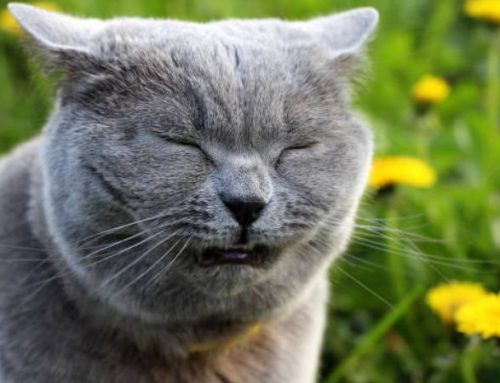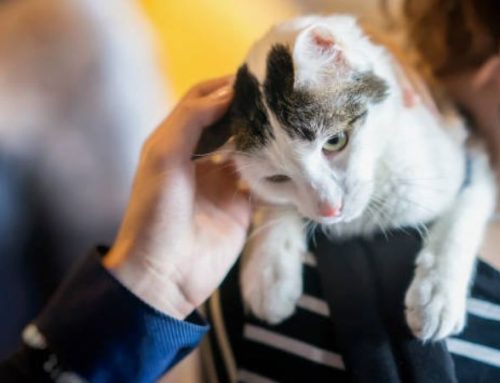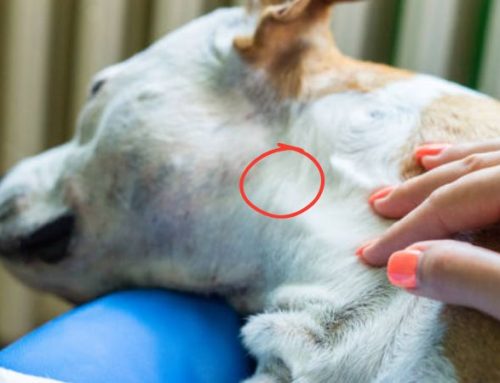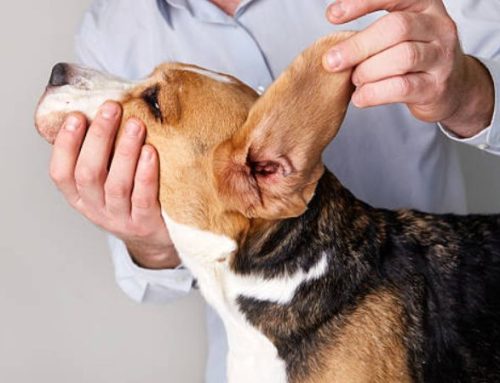If your female cat hasn’t been spayed, she can become pregnant very easily. Her reproductive cycle, somewhat similar to a human’s menstrual cycle, can make it tricky to know if mating was successful. In this guide, Nexus-Pets explains the key signs to help you determine whether your queen is expecting kittens.
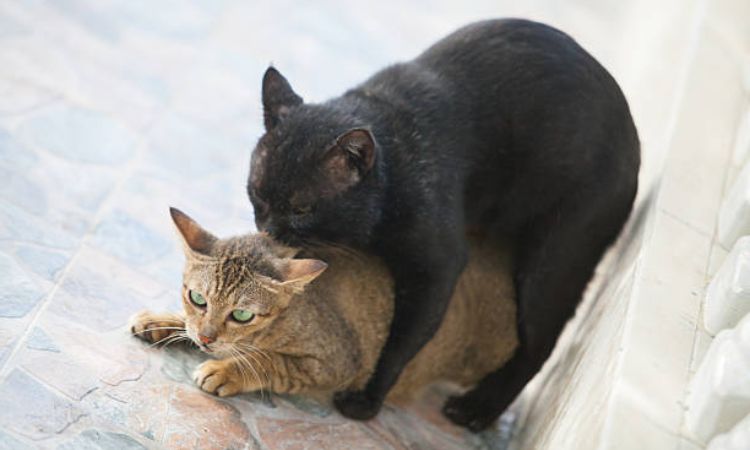
Behavioral Changes After Mating
After a successful mating, female cats often exhibit noticeable behavioral shifts due to hormonal changes and the early stages of pregnancy. One of the first signs is increased affection; your queen may seek more attention, rubbing against you or following you around more frequently.
You may also notice changes in sleeping and resting patterns. Pregnant cats often become more relaxed, spending longer periods napping or lounging as their bodies conserve energy for supporting developing kittens.
Hormonal fluctuations can also lead to mood swings or occasional aggression. Your cat may alternate between being affectionate and withdrawn, or she may hiss or swat when startled or stressed.
As the pregnancy progresses, many cats begin nesting behaviors, seeking out quiet, low-traffic areas to prepare a safe and comfortable space for giving birth. This instinctive behavior helps ensure the kittens’ safety once they arrive.
Physical Signs of Successful Mating
After a successful mating, a female cat’s body undergoes several noticeable changes as it prepares for pregnancy. Observing these physical cues can help you identify whether conception has likely occurred, though veterinary confirmation is always the most reliable method.
1. “Pinking Up” of the Nipples
One of the earliest and most consistent indicators of pregnancy is “pinking up.” Within 10–21 days post-mating, the cat’s nipples become larger, more prominent, and take on a darker pink or reddish hue. This occurs as the body begins preparing the mammary glands for milk production to nourish her kittens. Careful observation during this period can provide a strong early hint that mating was successful.
2. Increased Appetite and Weight Gain
As the kittens develop, the queen’s caloric needs rise significantly. Pregnant cats often eat more frequently and consume larger portions to support the growth of their offspring. This dietary increase naturally leads to gradual weight gain, which can range from 2 to 4 pounds over the course of gestation. The extra weight comes not only from the developing kittens but also from fluids, the placenta, and increased body fat stores.
3. Swollen or Distended Abdomen
By around day 35 of pregnancy, a pregnant cat’s abdomen typically becomes swollen or distended. This enlargement is the result of growing kittens and expanding uterine tissue. In cats with long or thick fur, this “baby bump” might not be immediately obvious, but careful palpation or observation over time can reveal a gradual change in body shape. Feeling the abdomen gently after day 20 may even allow an experienced observer to detect the kittens, though it must be done very cautiously to avoid injury.
4. Increased Grooming
Pregnant queens often engage in more frequent grooming, particularly around the belly and rear areas. This behavior helps keep the body clean, so the developing kittens remain in a safe and hygienic environment. It is also a natural response to hormonal changes and the physical sensations of pregnancy.
5. Possible Nipple Discharge
As pregnancy progresses, milk or colostrum may start to appear from the nipples. This typically happens closer to the later stages of gestation, signaling that the body is preparing for lactation. It is a normal part of the reproductive process and indicates the mammary glands are functioning correctly to feed the upcoming litter.
6. Additional Notes on Timing
Most of these physical signs begin to appear 2–3 weeks after mating for early indicators like nipple changes, while abdominal swelling, increased grooming, and nipple discharge are more apparent in the mid-to-late stages of pregnancy. Each cat may exhibit these changes differently, and some subtle signs—like appetite shifts or mild weight gain—may be less obvious in smaller breeds or cats with dense fur.
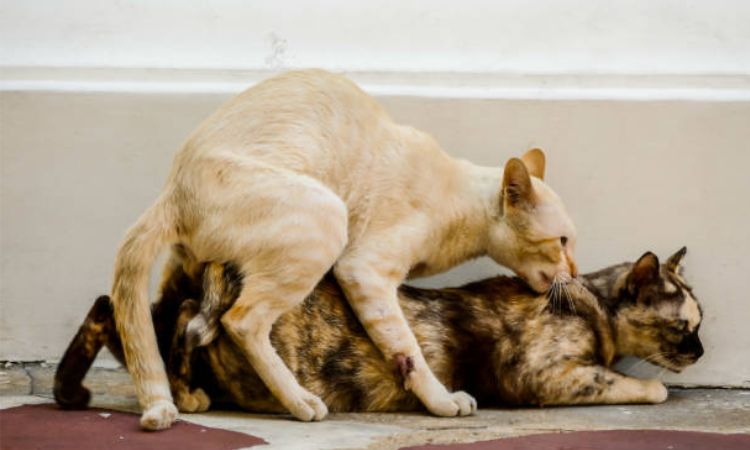
Timing and Progression of Signs
Recognizing the timeline of physical and behavioral changes in a female cat after mating can help you anticipate pregnancy and prepare for kittens. These changes occur in a predictable sequence as the queen’s body adapts to gestation.
1. Early Signs (1–3 Weeks Post-Mating)
The first indications of successful mating typically appear within one to three weeks. During this period, subtle changes in both behavior and physiology may be observed:
- “Pinking up” of nipples: Nipples become slightly larger, more prominent, and take on a rosier hue as the mammary glands prepare for milk production.
- Behavioral changes: Cats may become more affectionate, seek extra attention from their owners, and show slight alterations in appetite or sleeping patterns.
- Mood shifts: Some queens may display mild irritability or restlessness due to hormonal fluctuations.
These early cues are useful indicators, but they may be subtle, so careful observation is necessary.
2. Visible Abdominal Changes (4–6 Weeks Post-Mating)
By four to six weeks after mating, physical signs of pregnancy become more noticeable:
- Swollen or distended abdomen: The developing kittens cause the belly to enlarge gradually, which may become clearly visible around the fifth week.
- Weight gain: Expect incremental weight increases, generally around 2–4 pounds over the course of gestation.
- Increased grooming: Pregnant cats often pay more attention to cleaning their belly and rear areas.
At this stage, gentle abdominal palpation may allow an experienced observer to feel the developing kittens, though extreme care is required to avoid harm.
3. Behavioral Nesting (Closer to Delivery)
As the queen nears the final weeks of pregnancy, behavioral changes become more pronounced:
- Nesting behavior: The cat seeks out quiet, low-traffic areas to prepare a safe space for delivery. This may involve rearranging blankets, towels, or other materials.
- Increased rest and reduced activity: Pregnant cats often become more sedentary and may sleep more than usual, conserving energy for labor and delivery.
- Heightened attention-seeking: Some queens continue to seek companionship and reassurance from their owners.
Understanding this timeline allows cat owners to monitor pregnancy progression effectively, provide appropriate care, and prepare for a smooth birthing process.
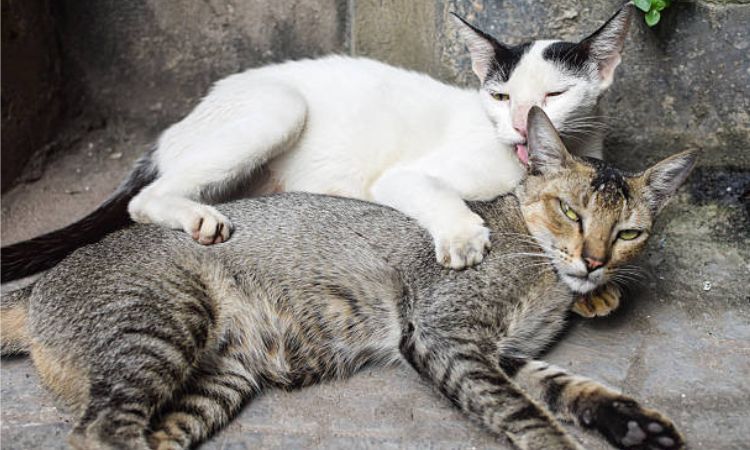
Veterinary Confirmation Methods
While observing your cat at home can give helpful clues, veterinary confirmation is the most reliable way to determine if mating was successful. Common veterinary methods include:
1. Abdominal Palpation
- Can be performed around days 17–25 post-mating.
- A skilled veterinarian can feel the developing embryos, which often feel like small, firm beads along the uterus.
- This method is gentle but should only be done by someone experienced to avoid harming the kittens.
2. Ultrasound
- Effective from day 21 onward.
- Detects fetal heartbeats and confirms the presence of embryos.
- Ultrasound is safe and provides early confirmation of pregnancy, as well as insight into fetal development.
3. X-Rays
- Useful after day 45 of pregnancy.
- Allows veterinarians to count kittens and assess their positioning.
- Provides a clear confirmation of pregnancy and helps in planning for delivery.
Veterinary checks ensure your cat receives proper care throughout pregnancy and allow you to monitor the health and number of kittens effectively.



